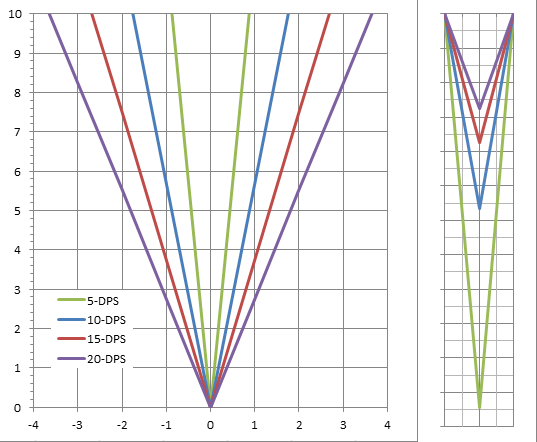- Joined
- Aug 26, 2011
- Messages
- 250
Hey guys.
Yesterday I sharpen another unknow steel from brand Premium Gourmet.
It’s a chef knife with 34cm
Method used:
Grind it on 240 grit diamond stone to put a regular bevel. It came with different different degrees on each side and on heel and tip of same side, so I used 19,3 dps to make it simetrical.
After that I moved to 600 grit diamond stone. With rubbing motion. After stabilish the 600 grit I started to use wicked edge motion (I think is called sweeping motion or trailing stroke) from heel to tip. I couldn’t remove the burr on my jig, so I lay the knife at 25dps only on burr side over a 1000 grit diamond stone, pulling the blade just like Sharpmaker very light pass.
Then I back it to my jig and strop it a little bit more then usual for me.
10 passes on one side, 10 passes on other.
5 passes on one side, 5 passes on other.
3 alternate passes on each side.
Every strop motion was just like wicked edge motion.
Result: shaving sharp!
Some friends came here for a chicken at night.
One of my friend got the knife and when I saw he was cutting chicken leg with it and using my knife like a cleaver but he almost climbed up of my knife.
I thought: it’s done, my knife is dead...
But not. The blade isn’t shaving sharp on that section anymore but steel cut very well, have no denting, no chip, and almost none bright light when look directly to apex with string light.
For me was a surprise when the knife was still alive after all.
What do you think about?
Could be the steel?
Sharpening method?
Strokes motion?
Strop?
This is a picture of the knife.
I couldn’t find any info of blade steel and here the most of people just named the blades with stainless steel with no mention of which kind of steel are the knives.
Thanks.
Edit to add.
The bevel was a crap and was rolled after few uses like slice vegetable and things like that. I pay around 24 dollars for the knife (but I don’t know if it is imported but if is the real price withou taxa goes down to around 15 dollars, so is still a cheap knife.

Yesterday I sharpen another unknow steel from brand Premium Gourmet.
It’s a chef knife with 34cm
Method used:
Grind it on 240 grit diamond stone to put a regular bevel. It came with different different degrees on each side and on heel and tip of same side, so I used 19,3 dps to make it simetrical.
After that I moved to 600 grit diamond stone. With rubbing motion. After stabilish the 600 grit I started to use wicked edge motion (I think is called sweeping motion or trailing stroke) from heel to tip. I couldn’t remove the burr on my jig, so I lay the knife at 25dps only on burr side over a 1000 grit diamond stone, pulling the blade just like Sharpmaker very light pass.
Then I back it to my jig and strop it a little bit more then usual for me.
10 passes on one side, 10 passes on other.
5 passes on one side, 5 passes on other.
3 alternate passes on each side.
Every strop motion was just like wicked edge motion.
Result: shaving sharp!
Some friends came here for a chicken at night.
One of my friend got the knife and when I saw he was cutting chicken leg with it and using my knife like a cleaver but he almost climbed up of my knife.
I thought: it’s done, my knife is dead...
But not. The blade isn’t shaving sharp on that section anymore but steel cut very well, have no denting, no chip, and almost none bright light when look directly to apex with string light.
For me was a surprise when the knife was still alive after all.
What do you think about?
Could be the steel?
Sharpening method?
Strokes motion?
Strop?
This is a picture of the knife.
I couldn’t find any info of blade steel and here the most of people just named the blades with stainless steel with no mention of which kind of steel are the knives.
Thanks.
Edit to add.
The bevel was a crap and was rolled after few uses like slice vegetable and things like that. I pay around 24 dollars for the knife (but I don’t know if it is imported but if is the real price withou taxa goes down to around 15 dollars, so is still a cheap knife.

Last edited:



